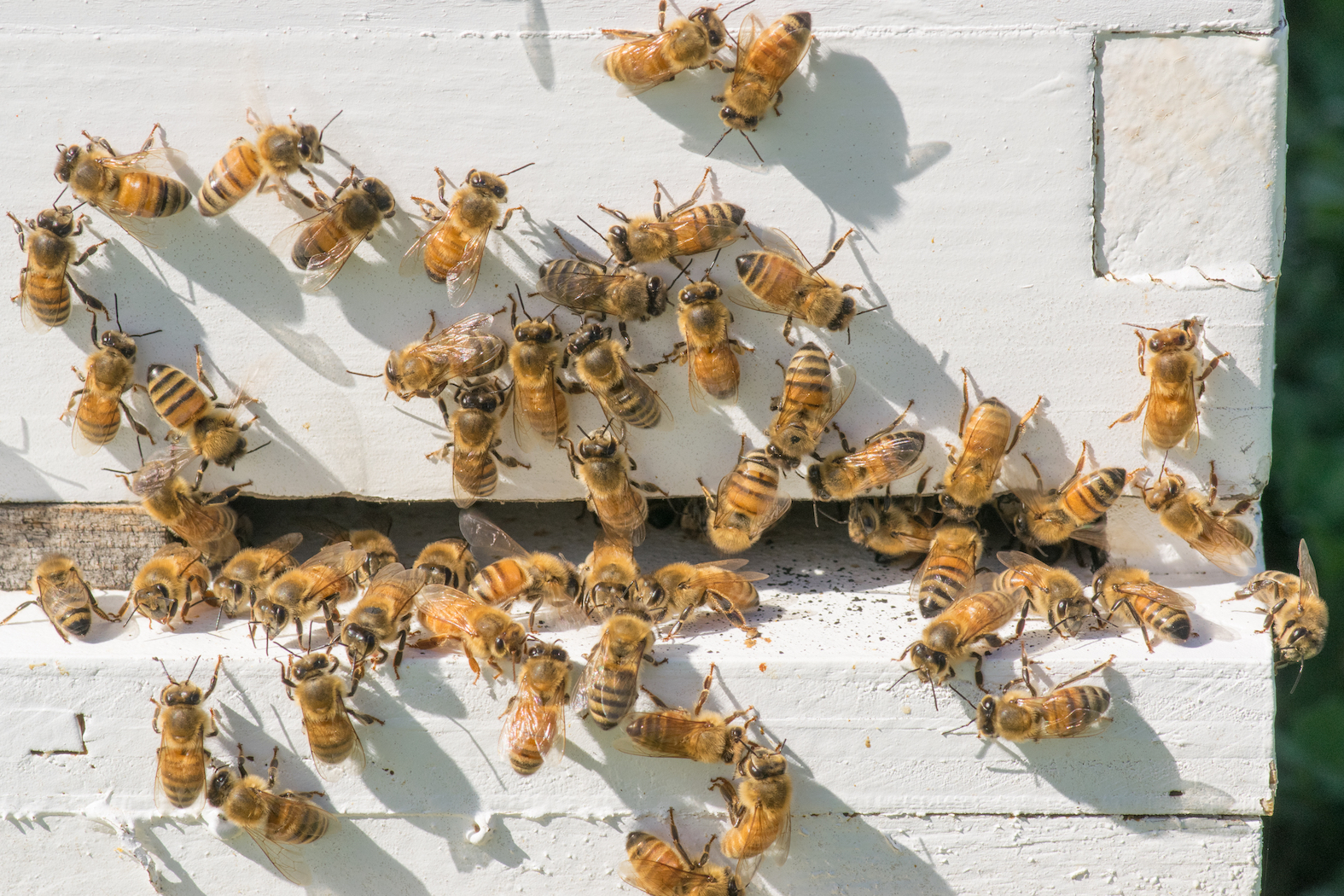
Effective honey bee defense strategy comes at a high cost
Honey bees have developed an extremely effective defense mechanism to guard against lethal hornets that raid nests for larvae and food.
Worker honey bees swarm en masse by the hundreds to form a ball around the hornet. The vibration of the bees’ wings heats the ball to temperatures up to around 115 degrees Fahrenheit, which essentially cooks the hornet from the inside.
It’s called the “hot defensive bee ball formation,” and now a new study has found that the defense strategy comes at a high price to the honeybees who make the formation.
Entomologists from Tamagawa University in Japan examined honey bees who formed the bee balls to see if there was any effect to the bee’s health or lifespan.
Researchers have been aware of the bee ball defense since 1995 according to New Scientist which reported in the study that was published in the journal Behavioral Ecology and Sociobiology.
Worker bees have an average lifespan of several weeks and the researchers marked 350 Japanese honeybee workers between 15 and 20 days old with different colors to show their ages.
The worker bees were then divided into two groups. The first group was the control group and they were kept in a hive free from attacks with a constant temperature of 90 degrees Fahrenheit.
The second group had to protect against hornet attacks and formed the bee ball defense. Worker bees from the second group that were part of the ball died within ten days of the attack. Bees from the first group lived for 16 days.
Even though the bee ball posed a significant risk to the bees’ lives, if a worker bee had been part of a previous bee ball it was more likely to join another attack in the future.
“Our experiments revealed that bee ball participants died significantly earlier than nonparticipants of identical age,” the researchers said. “These findings strongly suggest that the high temperature created inside of the bee ball had a physiological effect on participating workers and resulted in reduced life expectancy.”
It is not clear why forming the bee ball has such an adverse effect on bee life spans, but one possibility is that the extreme heat damages the brain.
—
By Kay Vandette, Earth.com Staff Writer













